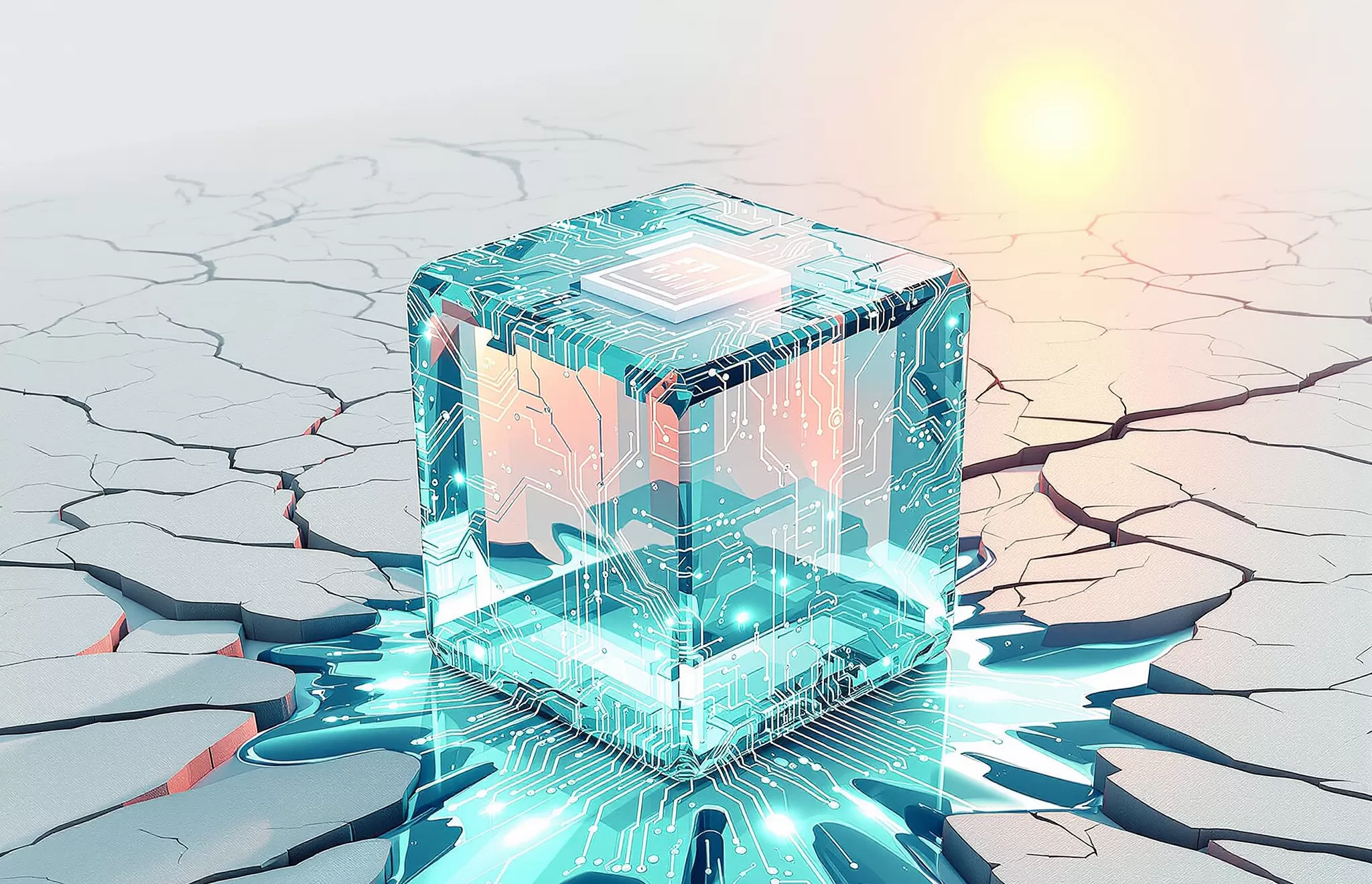
Imagine holding an ice cube over a fire in the desert during global warming – just as a meteor strikes Earth. That’s the precarious position of traditional software development today. If this sounds hyperbolic, consider this: Microsoft’s Satya Nadella recently declared AI as the death knell for the SaaS software model, while Salesforce’s Marc Benioff announced zero developer hiring for 2025. These aren’t just bold predictions; they’re battle cries from tech’s frontline commanders.
The Great Software Extinction Event
We’re witnessing what I call “The Great Software Extinction Event.” Traditional software development – let’s call it Coding 1.0 – was built on human developers meticulously crafting code on CPUs. That era is ending. Welcome to Coding 2.0, where AI-powered systems on GPUs are rewriting the rules of software creation at a pace that makes Moore’s Law look like a leisurely stroll.
Consider this real-world scenario I recently encountered: Using an AI coding agent called Cursor, I watched in awe as it wrote new code, fixed errors, and debugged itself. Within 20 minutes, it had built a complete application. Then, that application used AI to create another program, which in turn generated more software. This isn’t just automation; it’s software reproduction at an exponential scale.
The Economics of Extinction
The financial implications are staggering. Deep Seek, a Chinese AI firm, recently developed an AI system for just $2 million in compute power that outperforms most human coders. More importantly, it operates at roughly 1/100th the cost of other leading AI coding tools. We’re approaching a reality where high-quality software development costs nearly nothing.
This cost revolution isn’t just disrupting development – it’s obliterating entire business models. Consider the traditional CRM market: Salesforce built an empire on configurable SaaS software, requiring armies of consultants to maintain. But when AI can directly interface with databases without a UI, what happens to that model? When AI can intuit entire system architectures from data backups alone, what’s the value proposition of complex enterprise software?
The Hidden Threat
Here’s what keeps me up at night: this isn’t just about technological advancement – it’s about competitive vulnerability on a global scale. Imagine a scenario where a foreign power develops superior AI capabilities and offers them at rock-bottom prices. The entire Western corporate IT structure could be destabilised from within. This isn’t science fiction; it’s a plausible strategic play in the new AI arms race.
The Executive Imperative
For C-suite executives, this isn’t just another technological shift to monitor – it’s an existential challenge that demands immediate attention. Your five-year technology roadmap? It might be obsolete in five months. Your software development budget? It might be better spent on AI capabilities and strategic reorganisation.
The companies that will survive this extinction event aren’t those with the biggest software development teams or the most extensive tech stacks. They’re the ones that recognize software as we know it is evolving into something fundamentally different – a fluid, AI-driven force that bears little resemblance to the rigid, human-coded systems of yesterday.
Looking Ahead
Mark Zuckerberg predicts that in 2025, AI will match mid-level engineering capabilities. But that’s just the beginning. We’re not just replacing developers; we’re reinventing the entire concept of software development. The question isn’t whether your organisation will adapt to this change, but how quickly you can position yourself to thrive in this new paradigm.
The Path Forward
As leaders, our challenge isn’t just to adapt our technology – it’s to reimagine our entire approach to digital transformation. We need to ask ourselves: Are we prepared for a world where software writes itself? Where AI doesn’t just assist development but drives it? Where the competitive advantage isn’t in owning software but in orchestrating AI capabilities?
The end of software as we know it isn’t a distant possibility – it’s an imminent reality. The real question is: Are you ready to lead your organisation through this transformation, or will you watch from the sidelines as your tech stack becomes as relevant as a melting ice cube in the desert?
What’s your strategy for navigating this seismic shift in technology? Share your thoughts and experiences in the comments below. Let’s explore how we can turn this challenge into an opportunity for innovation and growth.
Discover more from Leverage AI for your business
Subscribe to get the latest posts sent to your email.
Previous Post
How Grove AI is Revolutionizing Clinical Trial Enrollment with Generative AI
Next Post
The AI Agent Revolution: When Intelligence Meets Affordability